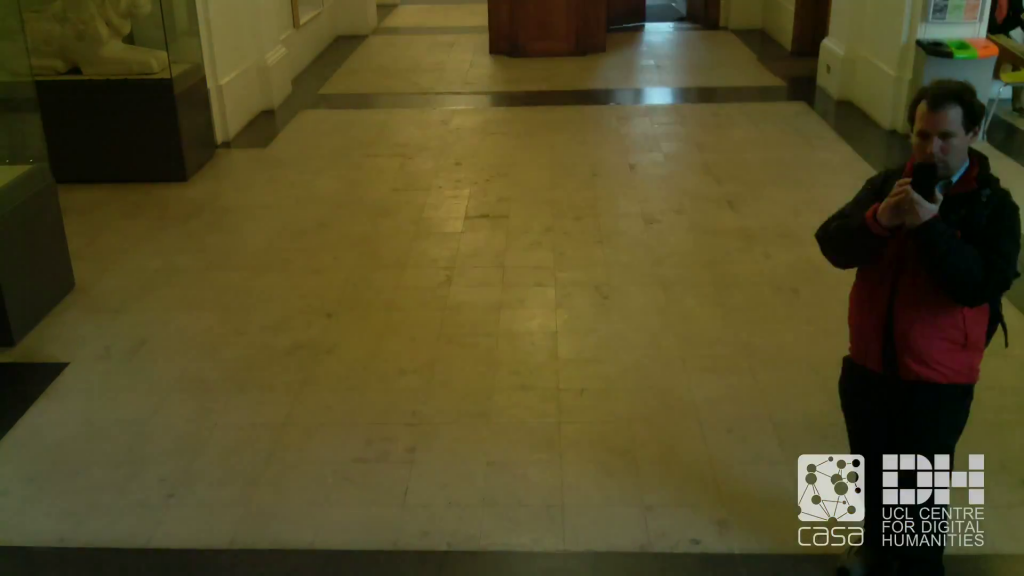Contactless payments are in the news again: in the UK the spending limit has been increased from £20 to £30 per transaction, and in Australia the Victoria Police has argued that contactless payments are to blame for an extra 100 cases of credit card fraud per week. These frauds are where multiple transactions are put through, keeping each under the AUS $100 (about £45) limit. UK news coverage has instead focussed on the potential for cross-channel fraud: where card details are skimmed from contactless cards then used for fraudulent online purchases. In a demonstration, Which? skimmed volunteers cards at a distance then bought a £3,000 TV with the card numbers and expiry dates recorded.
The media have been presenting contactless payments are insecure; the response from the banking industry is to point out that customers are not liable for the fraudulent transactions. Both are in some ways correct, but in other ways are missing the point.
The law in the UK (Payment Services Regulations (PSR) 2009, Regulation 62) indeed does say that the customers are entitled to a refund for fraudulent transactions. However a bank will only do this if they are convinced the customer has not authorised the transaction, and was not negligent. In my experience, a customer who is unable to clearly, concisely and confidently explain why they are entitled to a refund runs a high risk of not getting one. This fact will disproportionately disadvantage the more vulnerable members of society.
Continue reading What are the social costs of contactless fraud?

